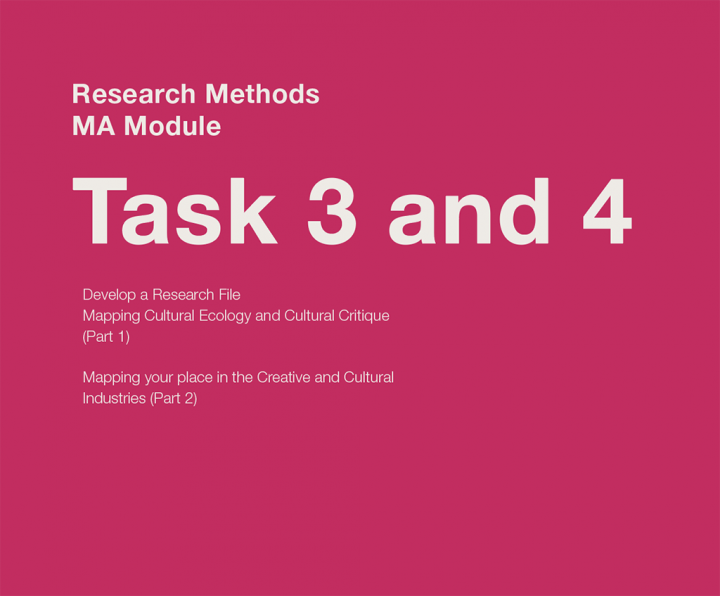This topic is based on a journal written by Dr. Rowan Bailey, our lecturer, and her associates. The journal is called
‘Cultural Ecology and Cultural Critique’ and is found here:
https://www.mdpi.com/2076-0752/8/4/166/htm

Mapping Cultural Ecology and Cultural Critique (Part 1) Task 3
The mixed cultural ecology example is called ‘Temporary Contemporary’ and it is where Huddersfield University and Kirklees Council come together to create spaces for the arts in disused buildings and areas of Huddersfield town centre.

I found more information on Temporary Contemporary by Huddersfield BID
(Business Improvement District) here:
Mapping your place in the Creative and Cultural Industries (Part 2) Task 4
1. Mind map of creative and cultural industries in the UK

These are the results from ‘National Statistics on the Creative Industries from the UK government found here: https://pec.ac.uk/news/national-statistics-on-the-creative-industries
2. My identity as a creative in these industries – where do I sit in this field
As a graphic designer trained in various disciplines I could work in these industries:
- Advertising and marketing
- Design and designer fashion
- Film, TV, video, and photography
- Publishing
- Music, performing and visual arts
3. Mapping my areas of research interest
Branding strategies and user journeys – Appealing to the hearts and minds of the customer and how to build relationships and loyalty.
Design psychology – Marketing use of ‘power of persuasion’ and how design makes ‘people buy with their eyes. This could be through advertising or the simple appeal of the product itself. I would like to read up on Carl Rogers and his take on the matter, also on other writers in design psychology.
The above research topics would sit in industries of:
Same fields as answer 2.
And non creative occupations which could come from in-house industry roles.
A quote from National Statistics on the Creative Industries, 2022 says…
“Not all creative occupations are in the Creative Industries. For example, a marketing professional (a creative occupation) might work in the financial services (not part of the Creative Industries). It is sometimes more useful, therefore, to talk about the ‘Creative Economy’ which comprises the whole Creative Industries workforce (creative and non creative occupations), as well as those working in creative occupations in other sectors.”
References:
Bailey, Booth-Kurpnieks, Davies and Delsante., Cultural Ecology and Cultural Critique, 2019
https://www.mdpi.com/2076-0752/8/4/166/htm
National Statistics on the Creative Industries, 2022
https://pec.ac.uk/news/national-statistics-on-the-creative-industries
University of Huddersfield, Temporary Contemporary, 2020
https://unipress.hud.ac.uk/plugins/books/22/

